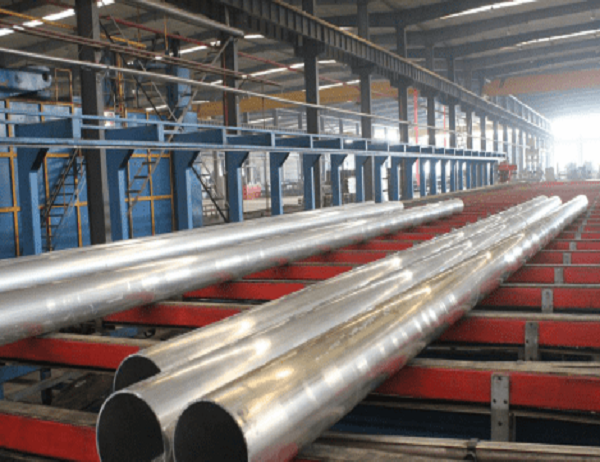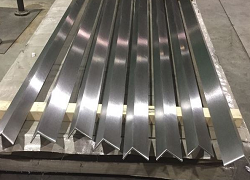The Ultimate Guide to Solar Panel Aluminum Profiles: Powering the Future with Efficiency and Durability
In the burgeoning realm of sustainable energy, solar panels stand as beacons of clean and renewable electricity. Aluminum profiles, the skeletal framework that supports these panels, play a crucial role in ensuring their optimal performance and longevity. This comprehensive guide will delve into the intricacies of solar panel aluminum profiles, empowering you with the knowledge to select the most suitable solution for your energy needs.
Benefits of Aluminum Profiles for Solar Panels:
Lightweight yet Durable: Aluminum’s low density and high strength-to-weight ratio make it an ideal material for solar panel frames, reducing system load and enhancing portability.
Corrosion Resistance: Aluminum naturally forms a protective oxide layer that resists rust and corrosion, ensuring extended panel lifespan even in harsh environments.
Conductivity: While aluminum is not as conductive as copper, it offers sufficient electrical conductivity to efficiently transfer current from the panels.
Design Flexibility: Aluminum’s malleability allows for the fabrication of complex profiles, accommodating various panel sizes and mounting requirements.
Types of Solar Panel Aluminum Profiles:
Anodized Profiles: Electrochemically treated to enhance corrosion resistance and surface hardness.
Extruded Profiles: Created by forcing molten aluminum through a die to achieve specific shapes and dimensions.
Rolled Profiles: Fabricated by rolling aluminum sheets to the desired thickness and width.
Selecting the Right Aluminum Profiles:
Consider the following factors when selecting solar panel aluminum profiles:
Panel Size and Weight: Ensure the profiles can support the weight of the panels and withstand wind loads.
Environmental Conditions: Choose profiles with appropriate corrosion resistance for your location.
Mounting Method: Determine the compatibility of the profiles with your intended mounting system.
Cost: Compare prices between different suppliers while considering the quality and expected lifespan.
Installation and Maintenance:
Proper installation and maintenance are essential for maximizing the performance and lifespan of solar panel aluminum profiles.
Install according to manufacturer’s instructions: Use compatible bolts and torque wrenches to secure the profiles firmly.
Regular cleaning: Remove dirt and debris that can accumulate on the profiles, reducing efficiency.
Periodic inspection: Check for corrosion, loose connections, or any other potential issues.
Conclusion:
Solar panel aluminum profiles are the backbone of modern solar energy systems. By understanding their properties, benefits, and selection criteria, you can empower yourself to optimize the performance of your solar panels and harness the full potential of clean, renewable energy. Embrace the power of aluminum profiles and contribute to a brighter future powered by sustainable solutions.



